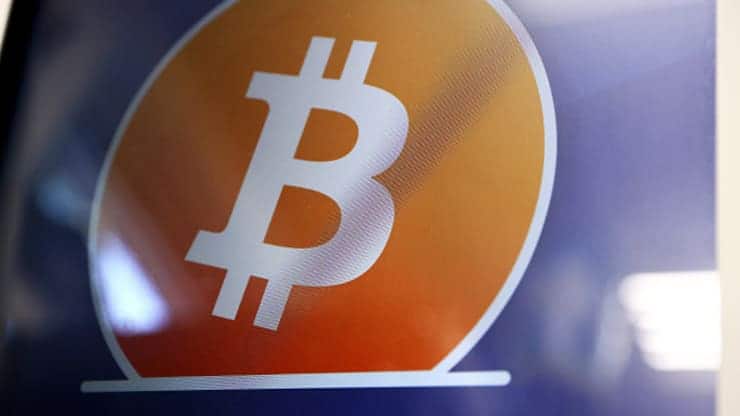A man who has claimed to be the inventor of bitcoin just won a major U.S. court case, saving him from paying a former business partner tens of billions of dollars in the cryptocurrency.
Australian computer scientist Craig Wright implied in a 2016 blog post that he was Satoshi Nakamoto, the pseudonym used by the person or persons who developed bitcoin. Many in the crypto community are skeptical of Wright’s claim, in part because he has not moved any of the early bitcoin presumed to have been mined by Satoshi.
On Monday, Wright prevailed in a Miami civil case that pitted him against the family of his late business partner and computer forensics expert, David Kleiman. At stake was half of the 1.1 million bitcoin mined and held by Satoshi, a cache currently worth around $54 billion. The estate also claimed rights to some of the intellectual property behind early blockchain technology.
The prosecution argued that Kleiman was a co-creator of bitcoin, alongside Wright, entitling him to half of Satoshi’s assumed fortune. A federal jury in West Palm Beach sided with Wright and declined to award any of the bitcoin to Kleiman’s estate.
However, Wright was ordered to pay $100 million in compensatory damages over a breach in intellectual property rights related to W&K Info Defense Research LLC, a joint venture between the two men. That money will go to W&K directly, rather than to the Kleiman estate.
“We are immensely gratified that our client, W&K Information Defense Research LLC, has won $100,000,000 reflecting that Craig Wright wrongfully took bitcoin-related assets from W&K,” said counsel for W&K.
“This has been a remarkably good outcome, and I feel completely vindicated,” Wright said in a video posted to Twitter immediately following the verdict.
The Satoshi Nakamoto mystery
The mystery surrounding the founding of bitcoin is a big part of why this South Florida civil suit drew so much attention.
In 2008, just as the financial crisis was taking hold in the U.S., Satoshi Nakamoto published a nine-page white paper detailing a vision for bitcoin — a “peer-to-peer electronic cash system” that would function outside the reach of governments.
A few months later, Nakamoto released software that allowed users to mine for the cryptocurrency.
Mining for cryptocurrencies is the computationally intensive process by which new tokens are created and transactions of existing digital coins are verified. In the early days of bitcoin, it was possible to mine for it on a home PC. At the time, winning a block yielded a reward of 50 bitcoin. Today, the process requires specialized equipment, is mostly done at scale by professionals, and thanks to an anti-inflationary measure baked into the code, the block reward is down to 6.25 bitcoin.
Nakamoto, who could be one person or a consortium of coders, remained on the scene until 2011, at which point he abruptly left the project after emailing a fellow developer to say that they had “moved on to other things.” Before vanishing, the enigmatic creator is believed to have mined as many as 1.1 million bitcoin.
Had Wright lost the case, he would have had to produce the Satoshi cache of coins in order to pay the estate. But Wright did say that he would prove his ownership were he to win at trial. He also promised to donate much of his bitcoin fortune to charity, were he to prove victorious.

